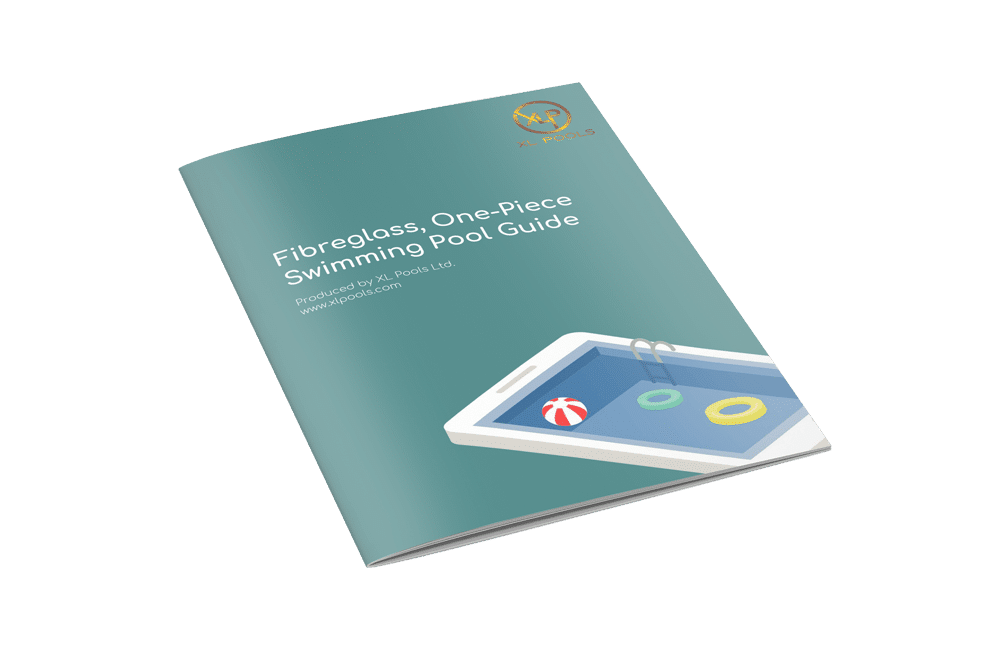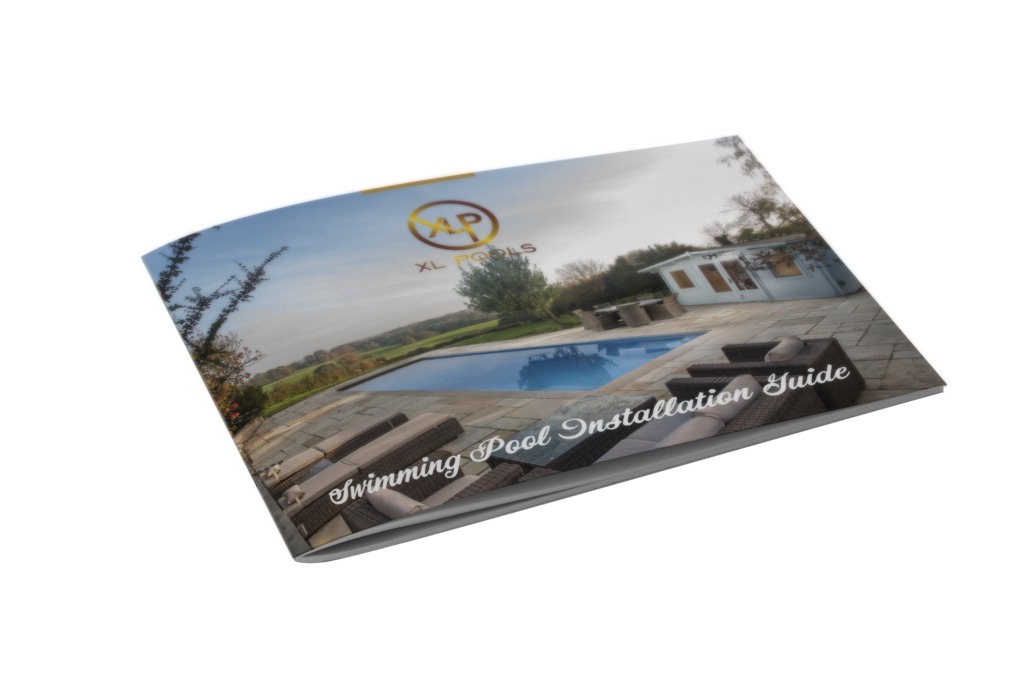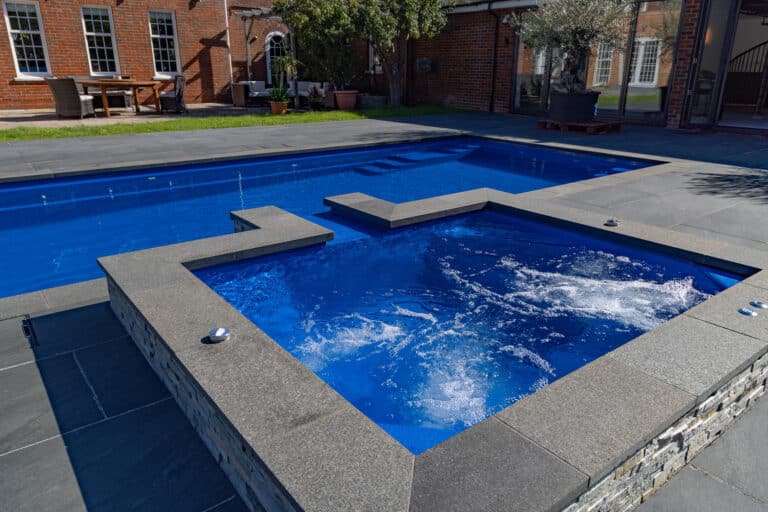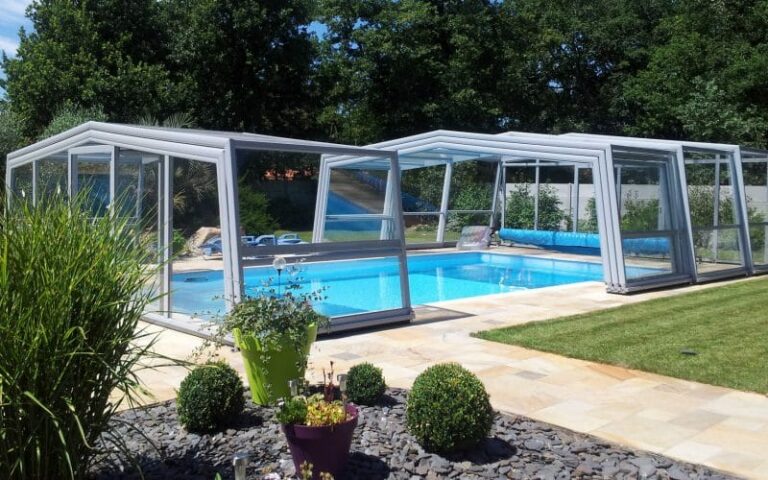It’s important to learn how to test pool water and do it at least once a week to make sure the pH and alkalinity are balanced, and to keep your sanitizer level in check (i.e. chlorine at 3 ppm).
What most pool owners don’t know, however, is there’s a right and wrong way to test your water, no matter what type of testing you’re doing. It all starts with the water sample.
The Water Sample
There are 3 ways to test pool water:
- Liquid test kit
- Test strips
- Taking your sample to a pool company to have it professionally checked.
To take a proper water sample, use a clean cup or bottle (with cap if you’re taking it to the pool company) and hold it upside down so that the opening is facing the floor. Insert into the water elbow-deep and turn it right side up to collect the sample. Do not take the sample near any return jets or skimmer opening. If possible, take the sample from the absolute middle of your pool.
Now you can take this sample to your pool company or check it yourself.
Using Test Strips
For home testing, this is the most common testing method. It’s easy to do and accurate.
Take your water sample and quickly dip one, dry strip into the water. Hold it still in the air for about 15 seconds (do not shake off the excess water). Then match up the colours of the strip to the back of the bottle to get your readings.
There are all different kinds of test strips you can buy that check for all sorts of things, but the main parameters you need to check for pH, alkalinity and free chlorine.
Use test strips at least once a week and at best, every other day.
Using a Liquid Test Kit
There are very advanced liquid test kits, but for home use, just stick with pH and chlorine or phenol red and DPD. Phenol red is a red chemical you add to a small sample of water to check the pH. The redder the water, the higher the pH.
DPD is the chemical that tests for total chlorine. It’s a yellow liquid you add to your sample. The more yellow, the more chlorine.
With a liquid test kit, it’s hard to see the low end of the colours. Make sure you use a white background to examine the colours to be accurate.







